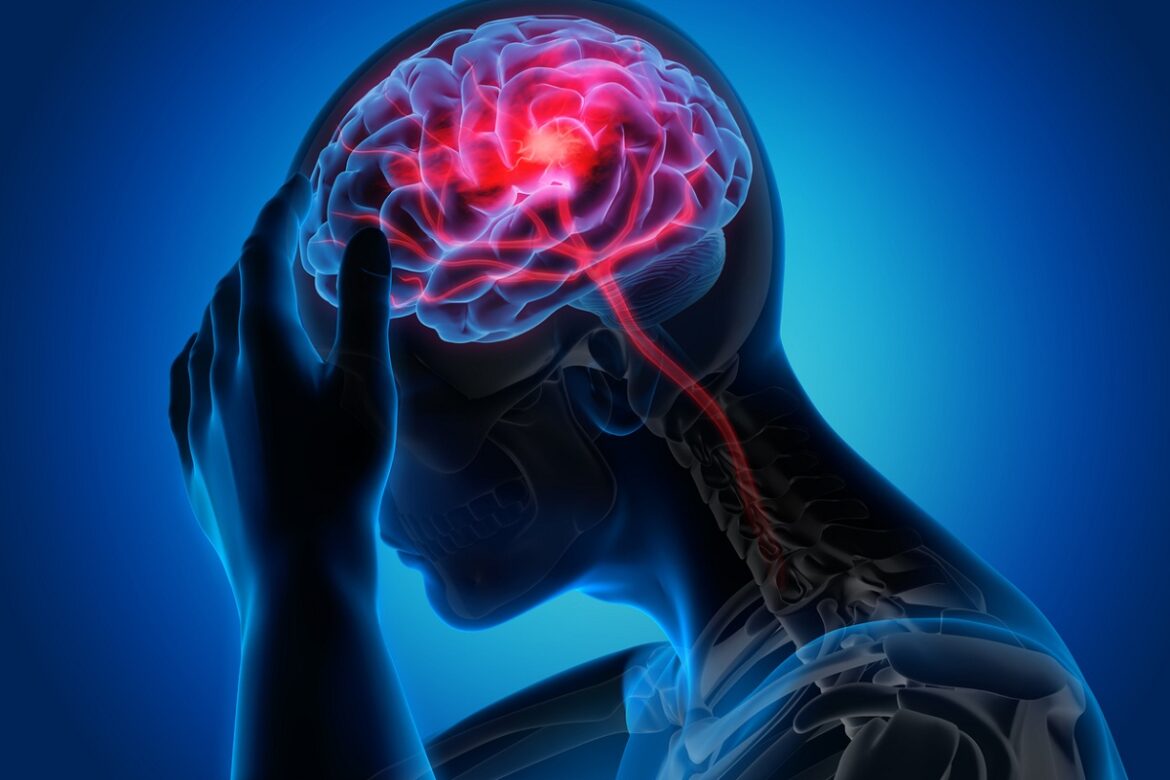The human brain’s neocortex is responsible for our ability to think, determine, recall recent experiences, and so on. Neuroscientists have now identified important portions of the processes underlying these functions. Their discoveries may eventually aid in the treatment of some neuropsychiatric illnesses and brain damage.
Scientists have long known that the neocortex combines information streams known as feedforward and feedback. The brain’s sensory systems transfer data from the periphery (our senses) to the higher order parts of the neocortex. These high-level brain areas subsequently transmit feedback data to modify and adapt sensory processing. This two-way communication enables the brain to pay attention, maintain short-term memories, and make judgments.
“A simple example is crossing a busy road,” explained corresponding author Gyorgy Lur, Ph.D., an associate professor of neurobiology and behaviour in the School of Biological Sciences. “There are trees, people, moving automobiles, traffic lights, signage, and other elements. Your higher-level neocortex instructs your sensory system on which signals to pay attention to while determining when to cross.”
The interplay of higher- and lower-level systems also helps us to recall what we observed when we looked both directions to obtain information. “Without that short-term memory, you’d just keep staring back and forth and never move,” he explained. “In fact, if our feedforward and feedback streams weren’t continually interacting, we’d accomplish very nothing but react reflexively.”
Scientists have not known how neurons in the brain engage in these complicated processes until now. Lur and his colleagues revealed that feedforward and feedback signals concentrate on single neurons in the neocortex’s parietal regions. The researchers also discovered that various types of cortical neurons integrate the two information streams on very different time scales, and they identified the cellular and circuit architecture that underpins these distinctions.
“Scientists have long known that combining many senses improves neural responses,” Lur said. “When you merely see or hear something, your response time is slower than when you experience it with both senses at the same time. We’ve discovered the fundamental mechanics that allow this to happen.”
According to the study findings, the same rules hold if one input stream is sensory and the other is cognitive.
Understanding these mechanisms is essential for creating future therapies for neuropsychiatric illnesses such as sensory-processing problems, schizophrenia, and ADHD, as well as strokes and other neocortical traumas.
Lur is a member of UC Irvine’s Center for Neurobiology of Learning and Memory, Center for Neural Circuit Mapping, and Center for Hearing Research.
Also Read: Ticks decrease skin’s immunological response: Research
Follow Medically Speaking on Twitter Instagram Facebook





